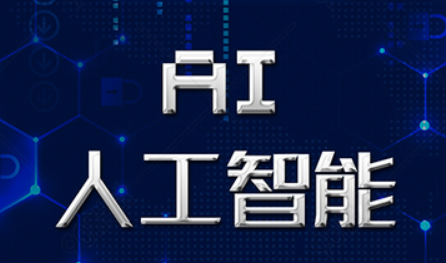AI is Exceptionally Popular, But What Exactly is AI? A Two-Minute Guide to Understanding It Easily
-
AI, in simple terms, stands for artificial intelligence, a branch of computer science that uses technology to simulate human thought processes and reactions to create intelligent devices. Currently, its main research areas include robotics, speech recognition, image recognition, natural language processing, and expert systems. For example, smart speakers are designed for speech recognition.

AI is Another Manifestation of Human Thinking
Let's consider why we need AI in real life or what its practical uses are. One obvious answer is: to assist us. In daily life, we rely on help from friends, family, or even strangers. But when no one is around, we might need assistance from a "person" in another form—this is how AI came into being.
The AI we just described aims to "replace humans," so a fundamental premise of AI technology is to mimic human thinking. However, as a computer technology, AI must simulate human thought processes through computer programs, thinking in a way that resembles human cognition.
AI is a Simulation of Human Reactions
When AI encounters a problem, it simulates human thinking through computer programs and then reacts accordingly, forming a complete system. The reason AI is so popular is largely because its responses can overcome the limitations of human labor.
In modern factories, many processes rely on intelligent robots as the main workforce for assembling products. The industrial application of AI significantly reduces the likelihood of human error. However, this assumes that the computer programs are bug-free. A drawback is the mechanical repetition—when an unexpected event occurs and the machine's programming lacks a solution, it may lead to system failure.
AI is a Learning Computer Application
Previously, we used bionics to simulate birds and invented airplanes. Now, we use bionics to simulate humans and create AI—a change and an advancement. With airplanes, we focused on increasing speed; with AI, we aim to make it more human-like.
When an event occurs, humans think about how to solve it and take action, but their responses may not be optimal. Another advantage of AI is its ability to use vast amounts of data to arrive at the most reasonable solution. This means AI can improve and learn.
Let’s imagine the future: when we call out to our AI device, it doesn’t just mechanically answer questions but engages in continuous dialogue, reflecting as a "friend" and finding the best solution for you. This is one practical application of AI. Other applications will require human innovation to create AI that truly belongs to us, with humans as the foundation.
